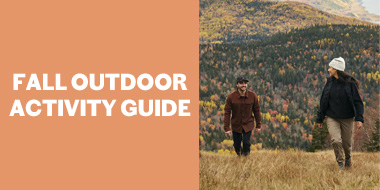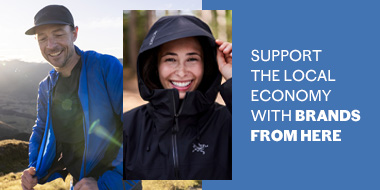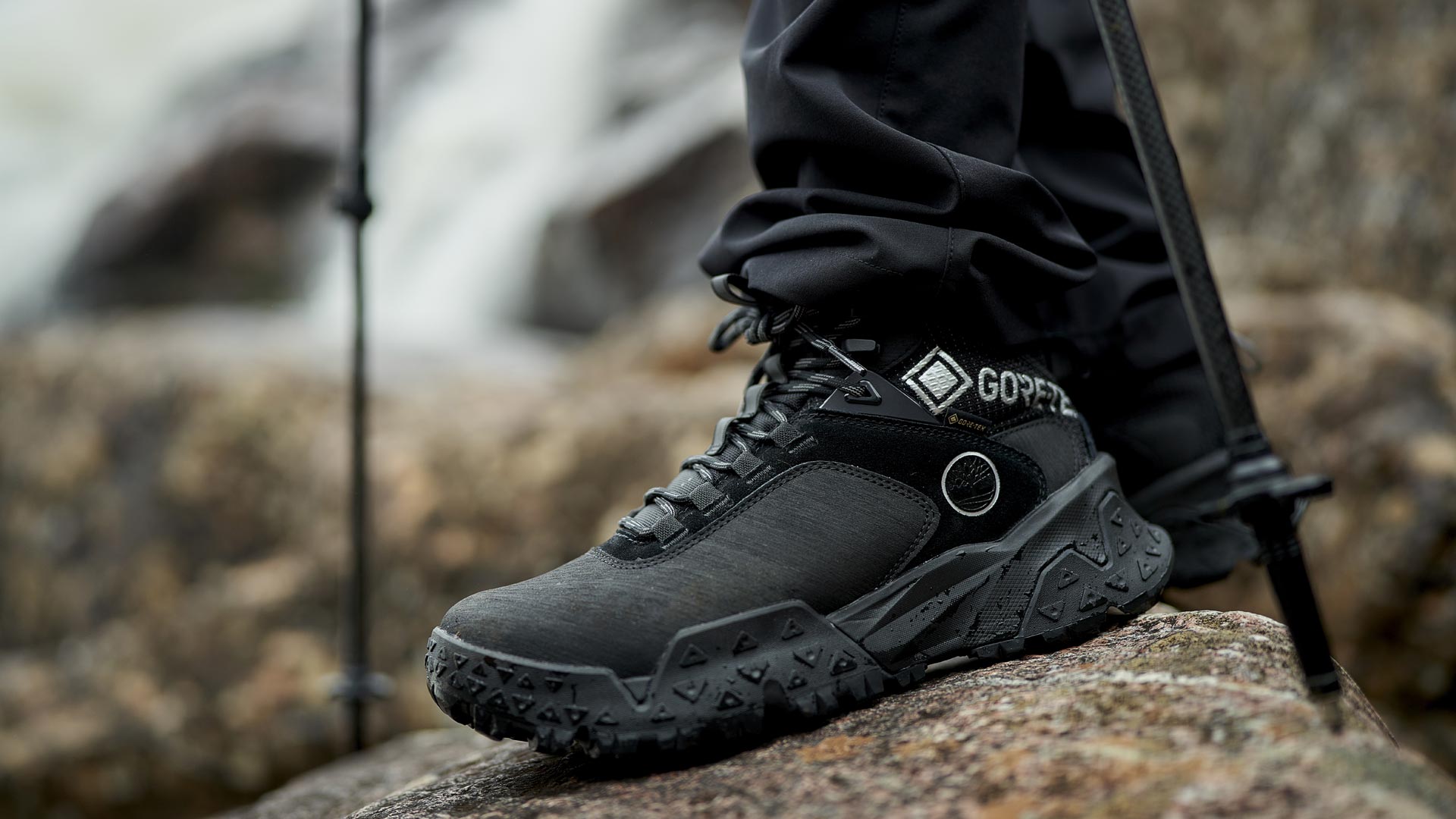Of course, leather—flexible, hard-wearing, breathable, relatively water-resistant and able to be waterproofed, is the material most commonly used in making shoes. Full-grain leather is particularly sturdy, but more expensive. Leather that comes from a thinner part of an animal hide will be more affordable, but less durable.
Suede is created by sanding the interior side of a hide. It is more flexible and breathable, but also less hard-wearing. Another type of finishing process involving sanding can transform leather into nubuck, which gives it the look of deerskin.
Leather is also often used for shoe linings, since it is comfortable and takes on the shape of the foot more quickly. However, it will then make the shoe heavier.
Resembling the real thing at first glance and nearly waterproof, synthetic leather nonetheless does not wear as well, is less breathable, and tends to crack with too much exposure to the sun. In all other respects, however, it shares practically the same properties as leather, and costs less.
Used in extreme hiking or mountaineering boots, plastic is just as waterproof as it is rigid. It is sometimes also used to fashion certain shoe components, such as toe boxes and shanks.
A number of synthetic fabrics frequently go into the making of shoes and boots because of their light weight, low cost or relative breathability. Polyester or nylon is generally used for vamps or linings, while polyester is most often preferred for the inside of a shoe. However, there are a few exceptions in which leather is used instead, particularly in the case of hiking boots.
A recent generation of designs features varying-sized areas of nylon or polyester mesh to ventilate uppers.
In the opposite vein, rubber stands out for its waterproofness, but this advantage has its downside—imperviousness, which keeps heat and moisture in. On the other hand, it is very practical for making certain parts of an upper and, in particular, a hard sole.
The insides of shoes sometimes incorporate breathable membranes to help wick moisture away. Similar membranes are occasionally combined with mesh so that the shoe both breathes and remains waterproof.
Finally, midsoles may be made of polyurethane, which is relatively heavy, or Evazote (EVA), if the design aims for comfort and durability. For their part, carbon or fibreglass are often used to lend more rigidity to a shank.














